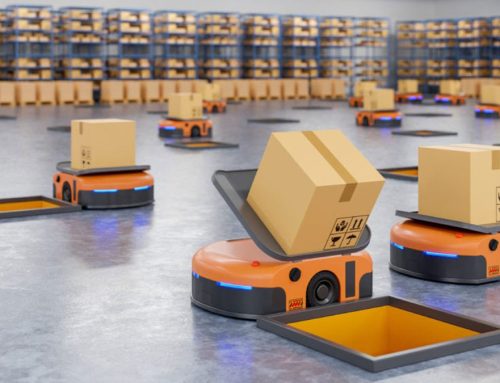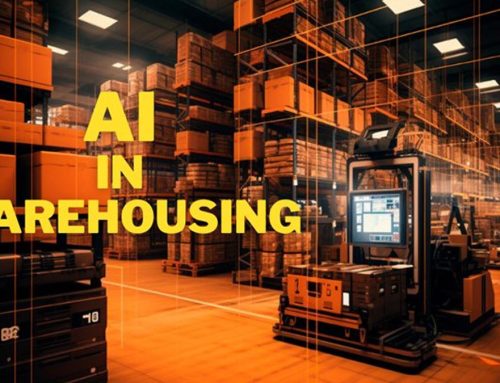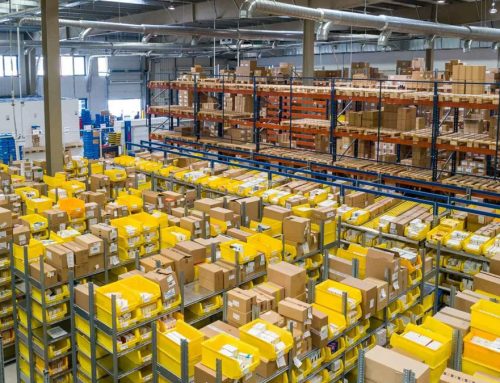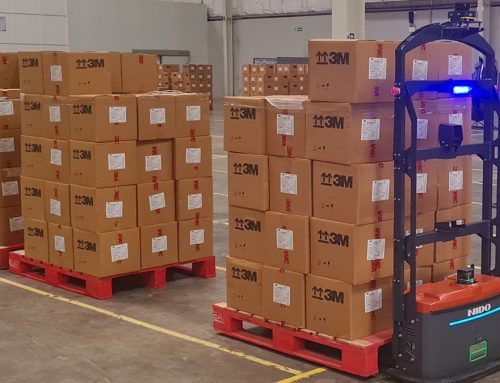Furthermore, dealing with significant fluctuations in demand presents an added challenge, complicating the effective planning and training of manpower. Achieving success in this rapidly changing environment depends on adopting a well-rounded strategy for implementing warehouse automation.
Today, brands have reason to celebrate as consumers across the country open their wallets and spend. However, this upward trend in consumer spending comes with a caveat: brands must tread carefully.
Achieving the delicate balance between managing inventory efficiently and ensuring prompt delivery to customers, even in the remotest corners of the country, requires meticulous planning, expertise, experience, and the invaluable assistance of automation.
Striking this balance is crucial; being overly cautious risks losing market share, while being overly aggressive can throw operations off balance, directly impacting the bottom line.
In today’s diverse market landscape, brands face the challenge of offering a wide variety of products while meticulously maintaining and replenishing inventory. This task entails efficient order processing, accurate product placement, picking and packing the correct items, and seamless shipping—all of which are easier said than done.
With a plethora of SKUs, diverse product mixes, short product life cycles, multiple operational channels (including websites, e-commerce platforms, physical stores, and more), and thin profit margins, the complexity intensifies, presenting a significant challenge for brands to navigate.
Distribution: Delivering Accurate, Fast, and Wide
Even with effective inventory management in place, brands must also excel in delivering goods promptly and managing returns efficiently across vast geographic areas. The growing trend of consumers demanding instant gratification necessitates meticulous planning of mid-mile and last-mile deliveries.
Moreover, managing extreme demand fluctuations poses an additional challenge, making it difficult to plan and train manpower effectively. Success in this dynamic space hinges on a balanced approach to implementing warehouse automation.
Material Flow within a Warehouse
Typically, products go through the below processes once they enter a warehouse till exit. There are automation solutions for each of these processes, making them efficient and accurate.
Inbound, Put Away, Picking, Consolidation / Fulfillment, Packing & Manifesting, Sorting by Geography / Courier Partner, and Outbound.
Exploring the Nuances of Warehouse Automation
At the heart of the warehouse automation revolution lies a diverse array of solutions, each tailored to address specific pain points within the supply chain. By leveraging the predictive capabilities of machine learning algorithms, brands can anticipate demand fluctuations with unprecedented accuracy, thereby optimizing inventory levels and minimizing stockouts.
Similarly, the advent of Autonomous Mobile Robots (AMRs) and Robotics has revolutionized the landscape of warehouse operations. These elegant, AI-powered machines are capable of navigating complex warehouse environments with ease, drastically reducing the time and manpower required to fulfill orders.
Moreover, by integrating these technologies with advanced Warehouse Management Systems (WMS), brands can gain real-time visibility into their operations, enabling them to make data-driven decisions with confidence.
Other automation solutions such as Smart Conveyor Systems, Auto Storage & Retrieval Systems (AS/RS), Put/Pick to Light Automation, Fulfilment Automation, Sorters, Profilers, and software solutions like Warehouse Execution Systems (WES) & Warehouse Control Systems (WCS) been deployed to alleviate the challenges of managing increasingly complex warehouses.
These solutions facilitate faster order processing and delivery, improved fulfilment accuracy, better returns management, efficient space utilization, enhanced inventory control, improved visibility of material flow, and increased flexibility in handling dynamic loads. Automation boosts productivity by at least 5-10 times, meeting customer demands, thereby enhancing satisfaction and driving repeat orders.
Additionally, warehouse automation supports efficient warehouse management methodologies such as goods-to-person, wave picking, optimal path and route planning, planning and forecasting, unit and multi-order management, and inventory reconciliation.
The Transformative Impact of Warehouse Automation
Indeed, the impact of warehouse automation extends far beyond mere operational efficiency. It is a catalyst for innovation, empowering brands to reach new heights of customer satisfaction and profitability. By streamlining their processes and enhancing their agility, brands can adapt swiftly to evolving market dynamics, positioning themselves for long-term success in an increasingly competitive landscape.
Conclusion
Warehouse automation is empowering D2C brands to thrive and expand into even the most remote areas of the country. It enables B2B/B2C e-commerce, wholesale, and retail businesses to reach customers at a fraction of the cost compared to traditional methods. Continuous improvements in automation are revolutionizing what was once deemed impossible.
The age-old notion of distribution being the downfall of brands has now transformed into a strategic enabler. With ongoing innovations in warehouse automation, brands can deliver efficiency and variety through streamlined processes, bringing order to the otherwise chaotic world of supply chain management.
(Nirav Doshi, Founder & Managing Director, NIDO Group. Views expressed are the author’s own.)








